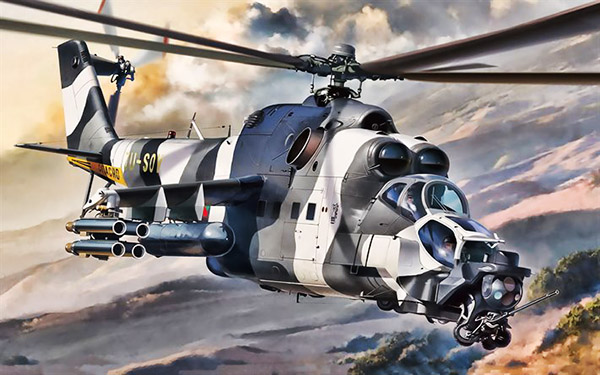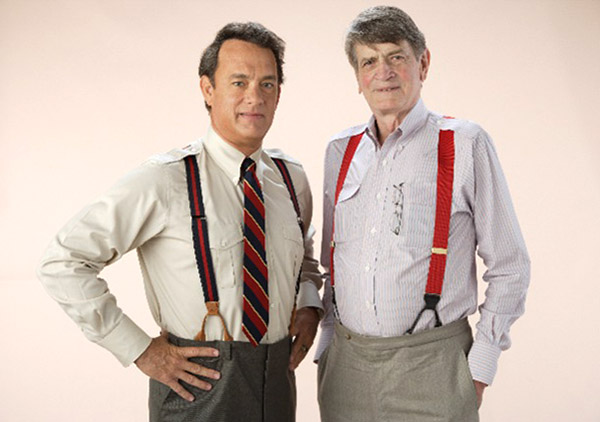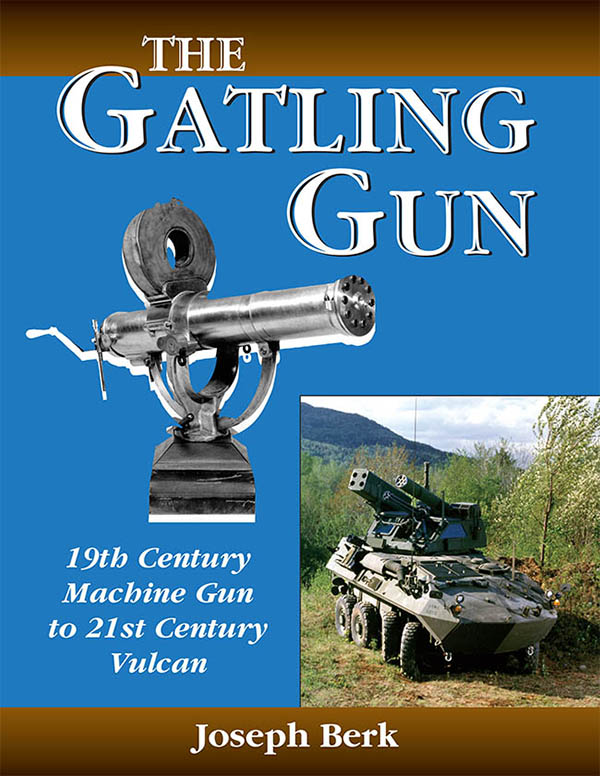Take a look at this: A Colt Trooper Mk III chambered in .22 Long Rifle, an interesting and extremely accurate revolver. I picked it up maybe 30 years ago in a local gun store. The revolver was in their display case on the lower shelf and I almost didn’t see it. I wasn’t in the market, but when I saw the Trooper it grabbed my attention. It was marked $225, I offered $200, the guy on the other side of the counter said okay, and the Trooper was mine.

I didn’t realize it at the time, but the little Trooper is a phenomenally accurate handgun, maybe one of the most accurate I’ve ever shot. It groups as well as a Model 41 Smith and Wesson, a target handgun with maybe twice the sight radius.
The Trooper is based on a Colt that was originally a .38 Special, then it was chambered for the .357 Magnum, then it was redesigned as the Trooper Mk III, and then it was offered in .22. That was a thing back in the ’60s and ’70s, you know, offering full-sized revolvers but in .22, and it was a good thing. These are awesome target guns, relatively inexpensive to shoot, and just plain fun. And heavy. The Trooper kept the same external envelope (i.e., the exterior dimensions) as the far-more-powerful .357 Magnum Trooper, and that means there’s a lot more steel in the barrel and the cylinder.
I bought my Trooper used, but it is in as new condition. It came with the original lighter colored (and checkered) walnut grips, but I saw the grips you see the revolver wearing in these photos about 15 years ago and I had to have them. The smooth grips look good and the medallions imply the gun went throught the Colt Custom Shop (it did not), but truth be told, the original grips offer a better hold and they fit the revolver better.
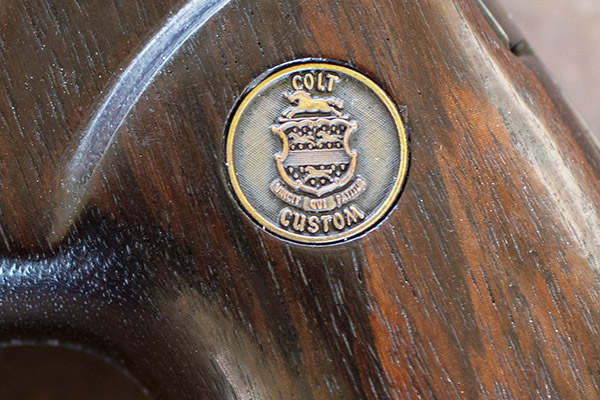
One of these days I’ll get around to hogging out the interior of the custom grips and fitting them to the Trooper with AcraGlas, but that’s a project for the future. Or, I may put the original grips back on the gun (they’re around here somewhere).
The Troopers were available with a 4-inch barrel (like mine), a 6-inch barrel, or an 8-inch barrel, and they could be had with a high polish blue (like mine), a high-polish nickel, or a brushed nickel finish. If I knew then what I know now I would have purchased a matching blue steel Trooper Mk III in .357 Magnum. They were around $200 back in the day, and like my .22, the .357 would have been a sound investment. These guns go for five to eight times that amount today. You could argue that they make for a good investment, but that implies flipping the gun to realize the profit, and that’s not going to happen. I’ll keep this one forever.
You know, it’s hard to find new guns built to these same standards as regular service guns were 30 or more years ago. When I look at the deep bluing on my Trooper, that’s pretty obvious. The new Colt Python is one that rivals the Trooper for build quality, but it’s the exception.
Join our Milsurp Target Shooting group!
Click on the popup ads and help us keep the lights on!
Never miss an ExNotes blog!
Need targets? Order them the way we do and have them delivered to your door!
Check out our Tales of the Gun page!

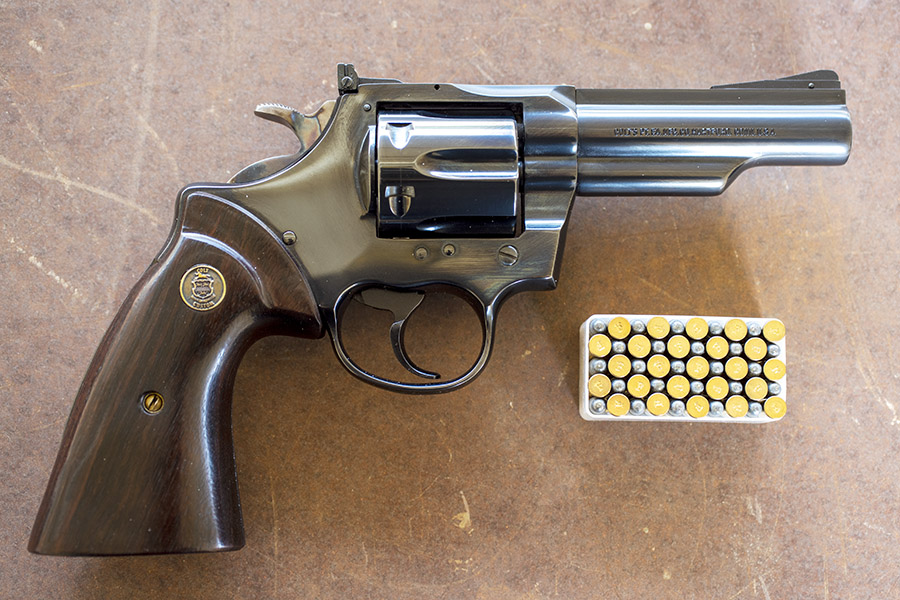




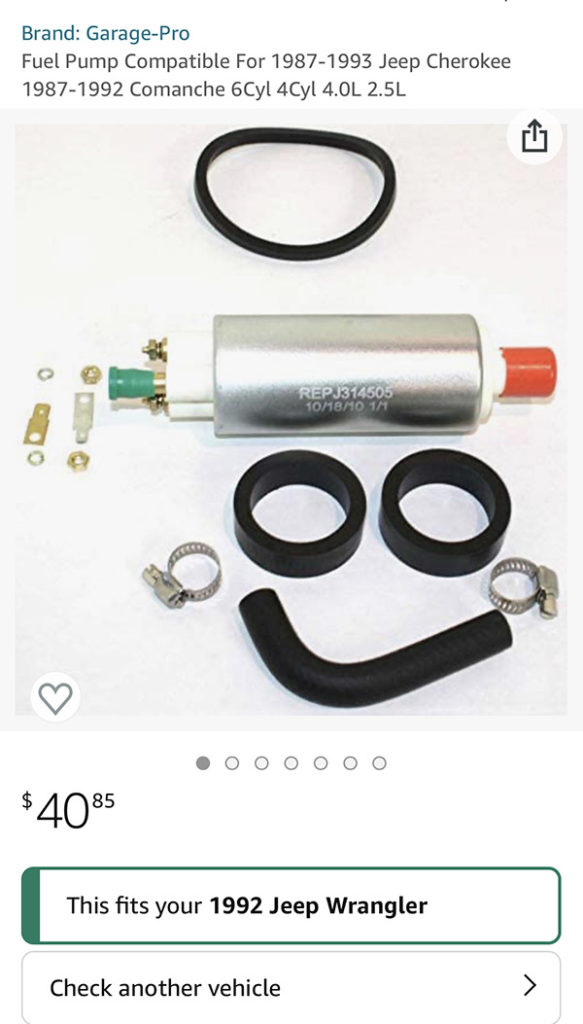













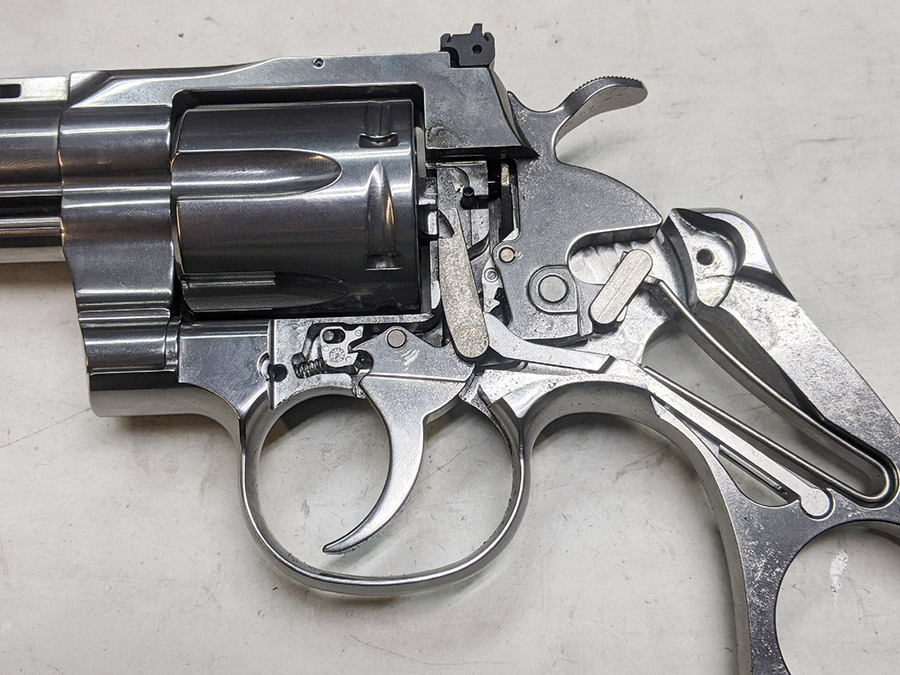
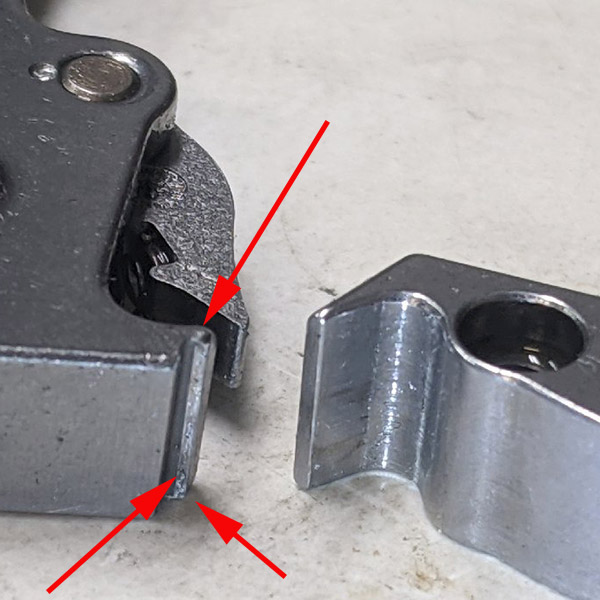
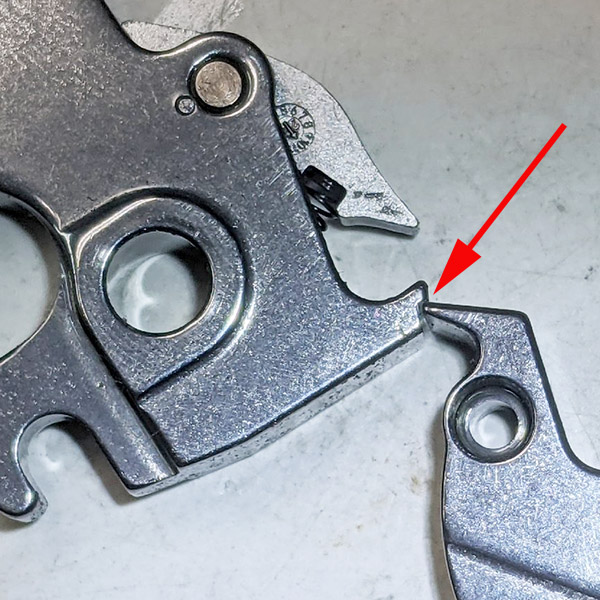
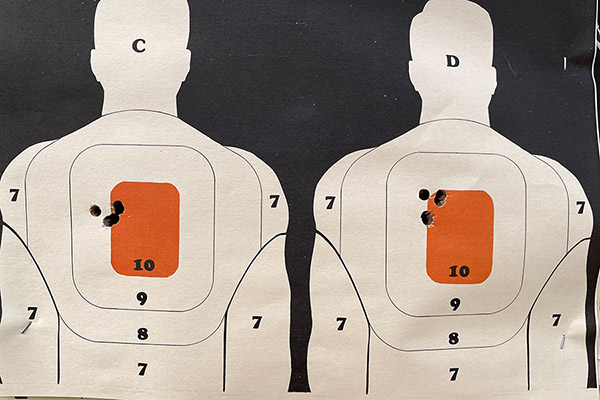

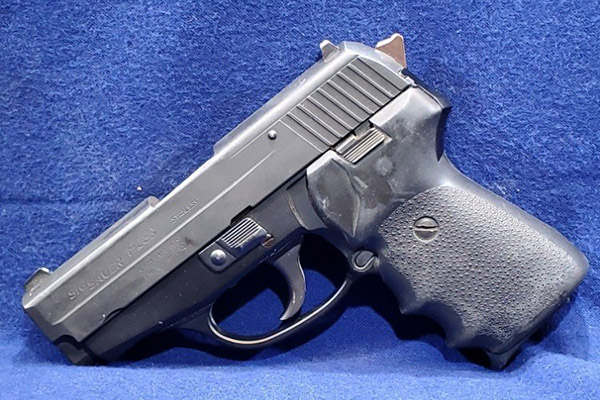

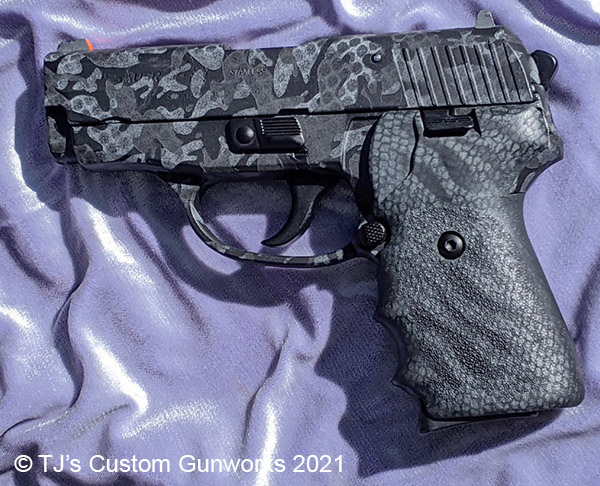
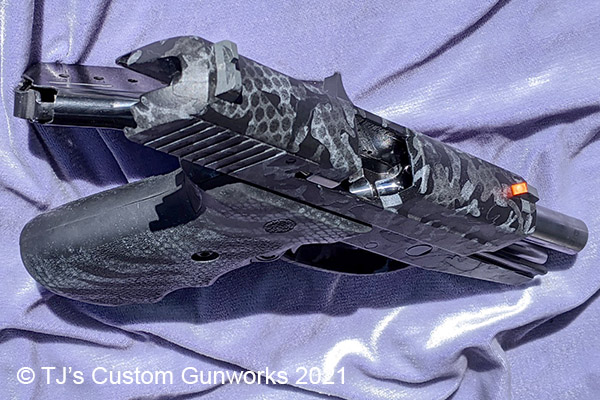
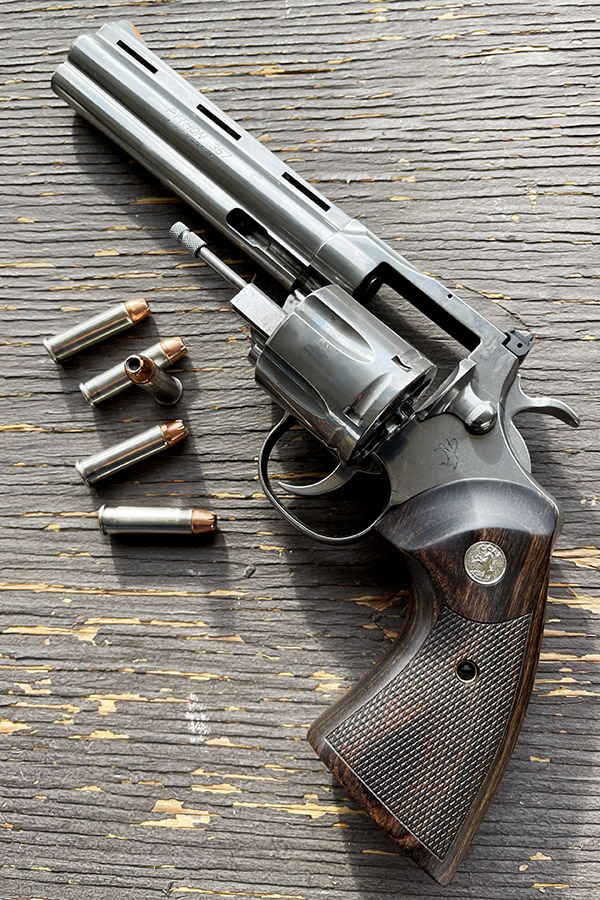


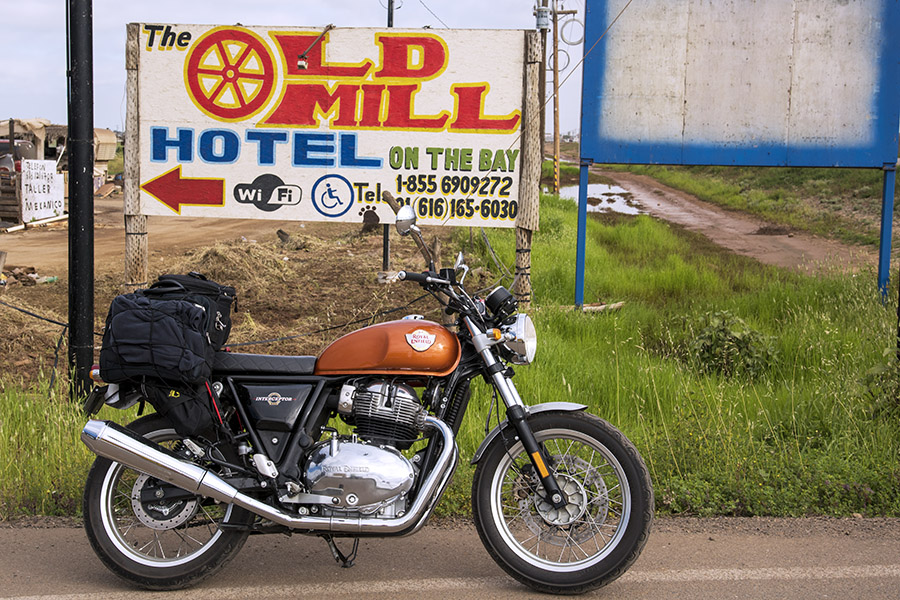


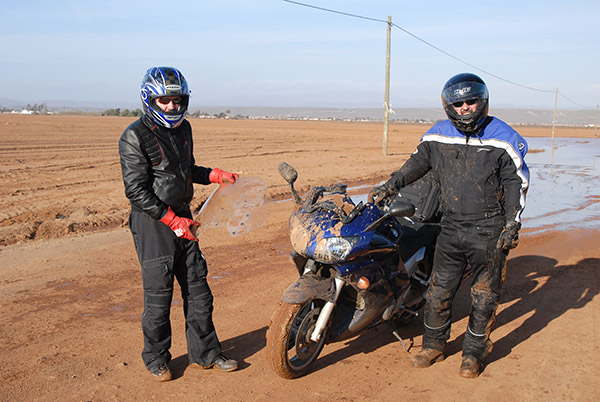
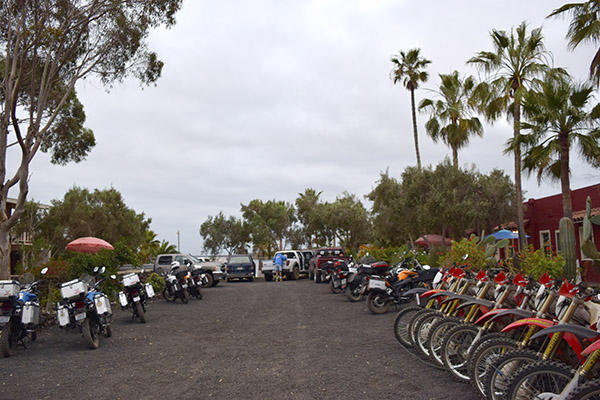


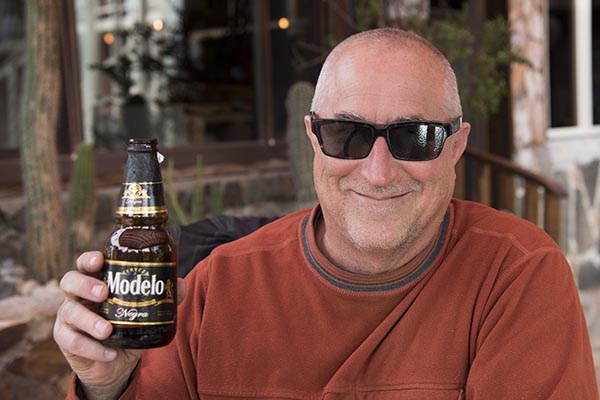
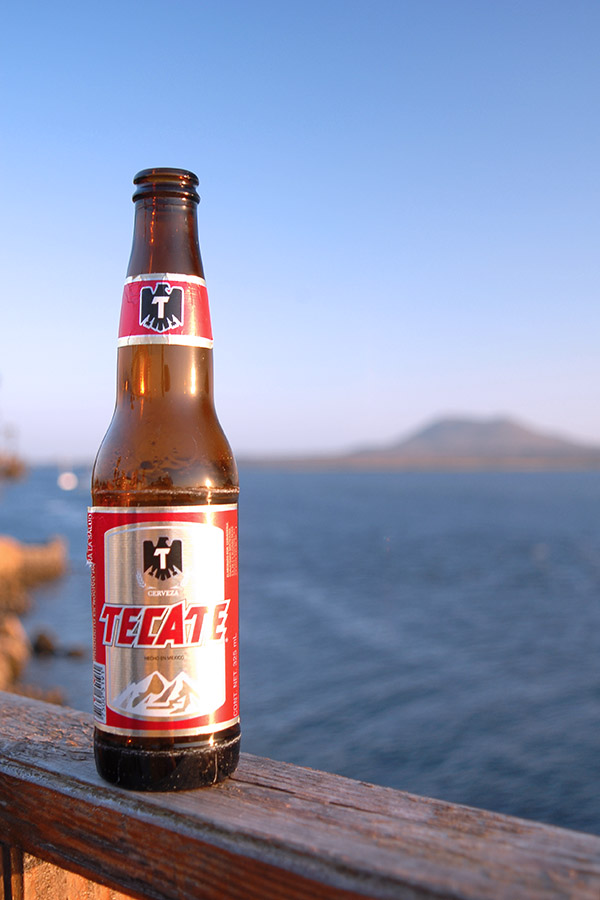
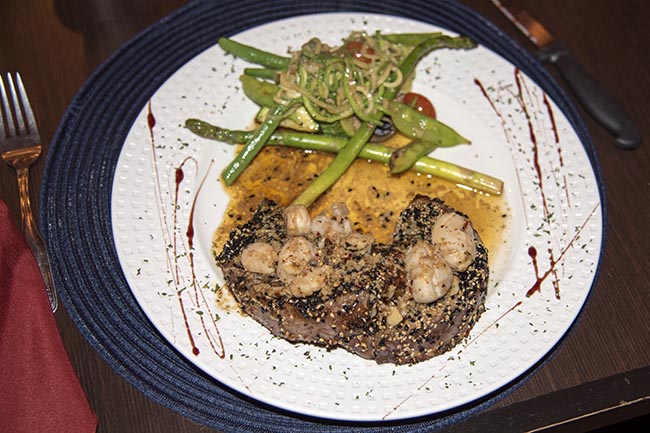

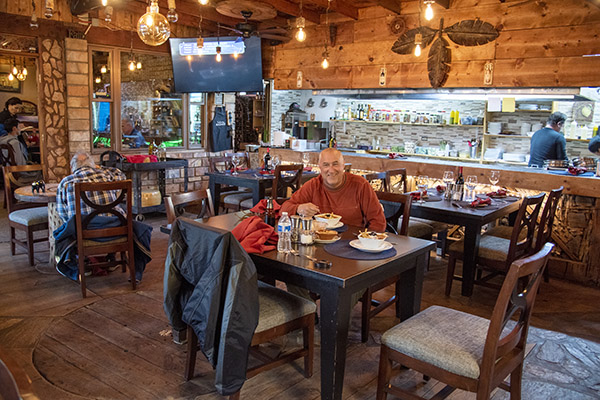
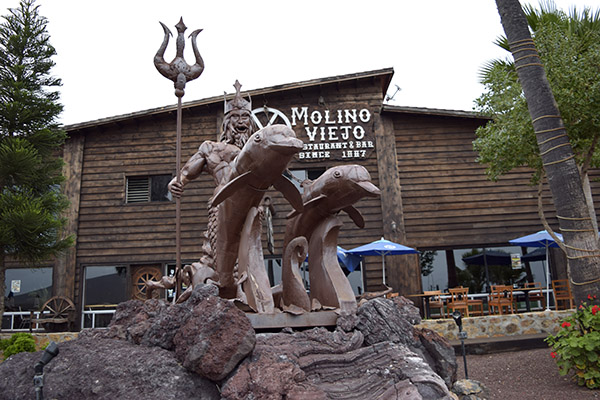


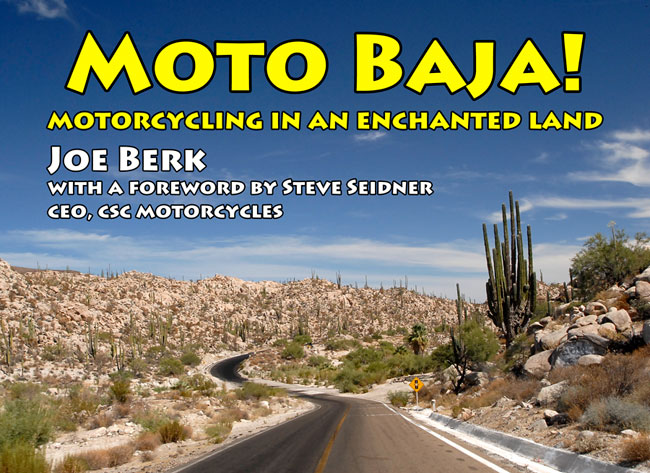
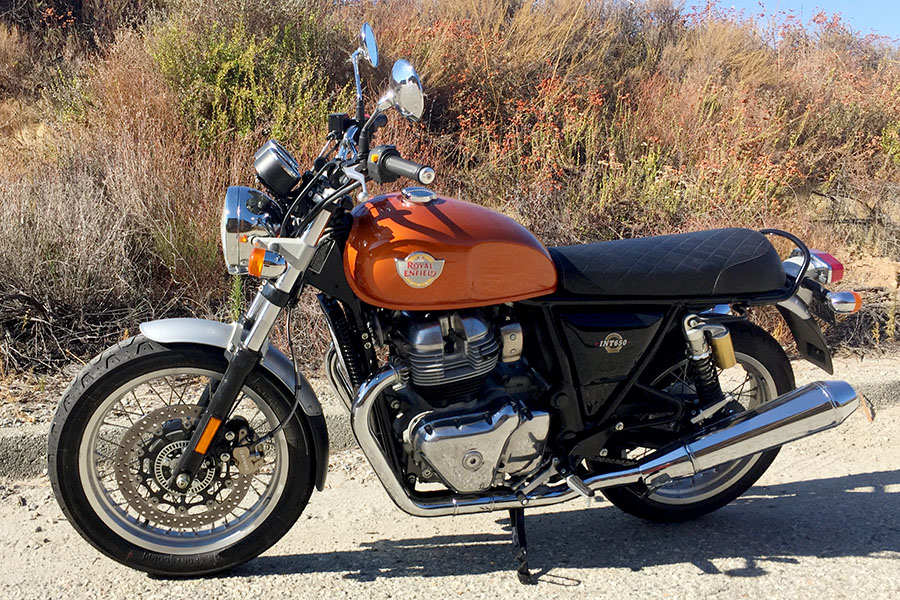
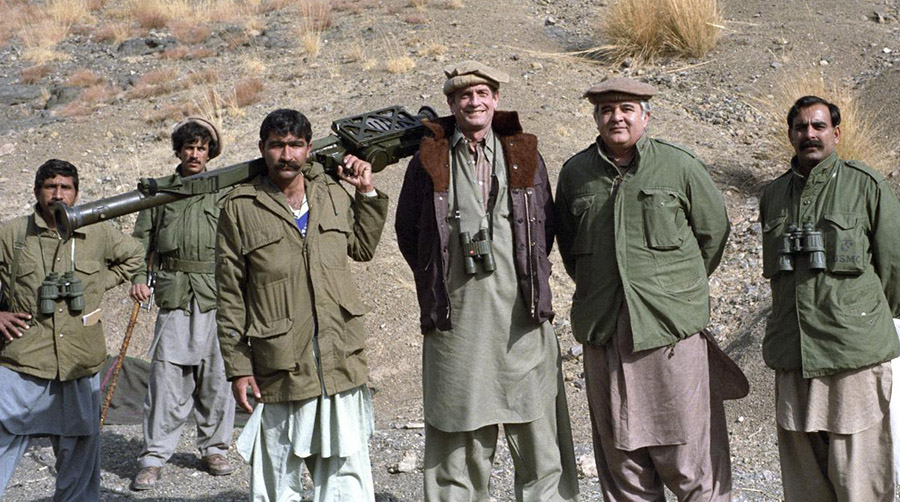
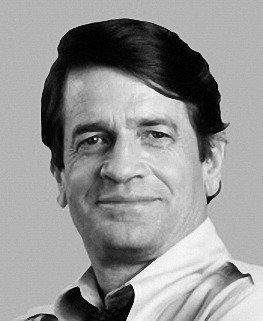 I met Charlie Wilson a couple of times when I was an engineer in the munitions business, so
I met Charlie Wilson a couple of times when I was an engineer in the munitions business, so 